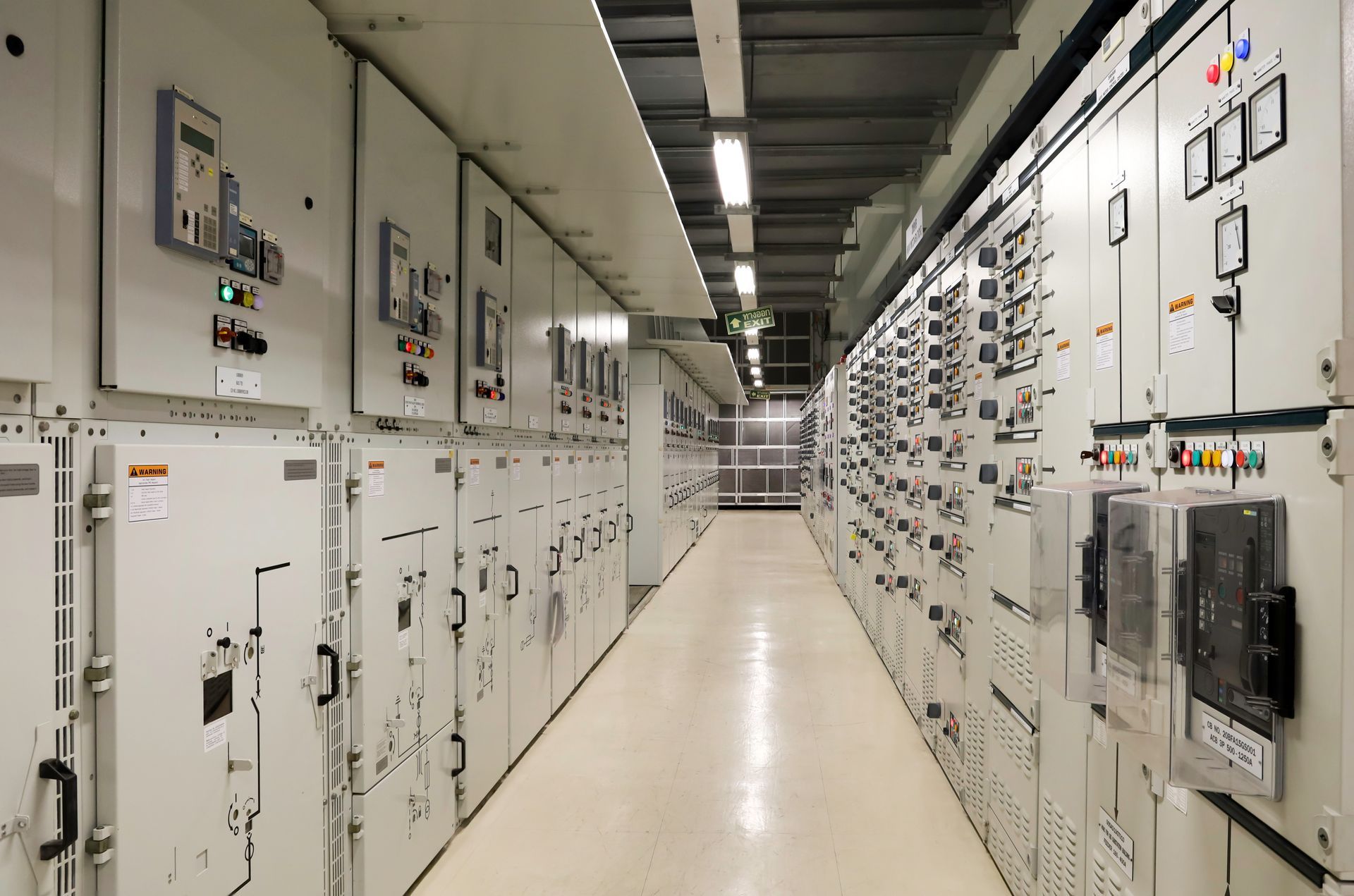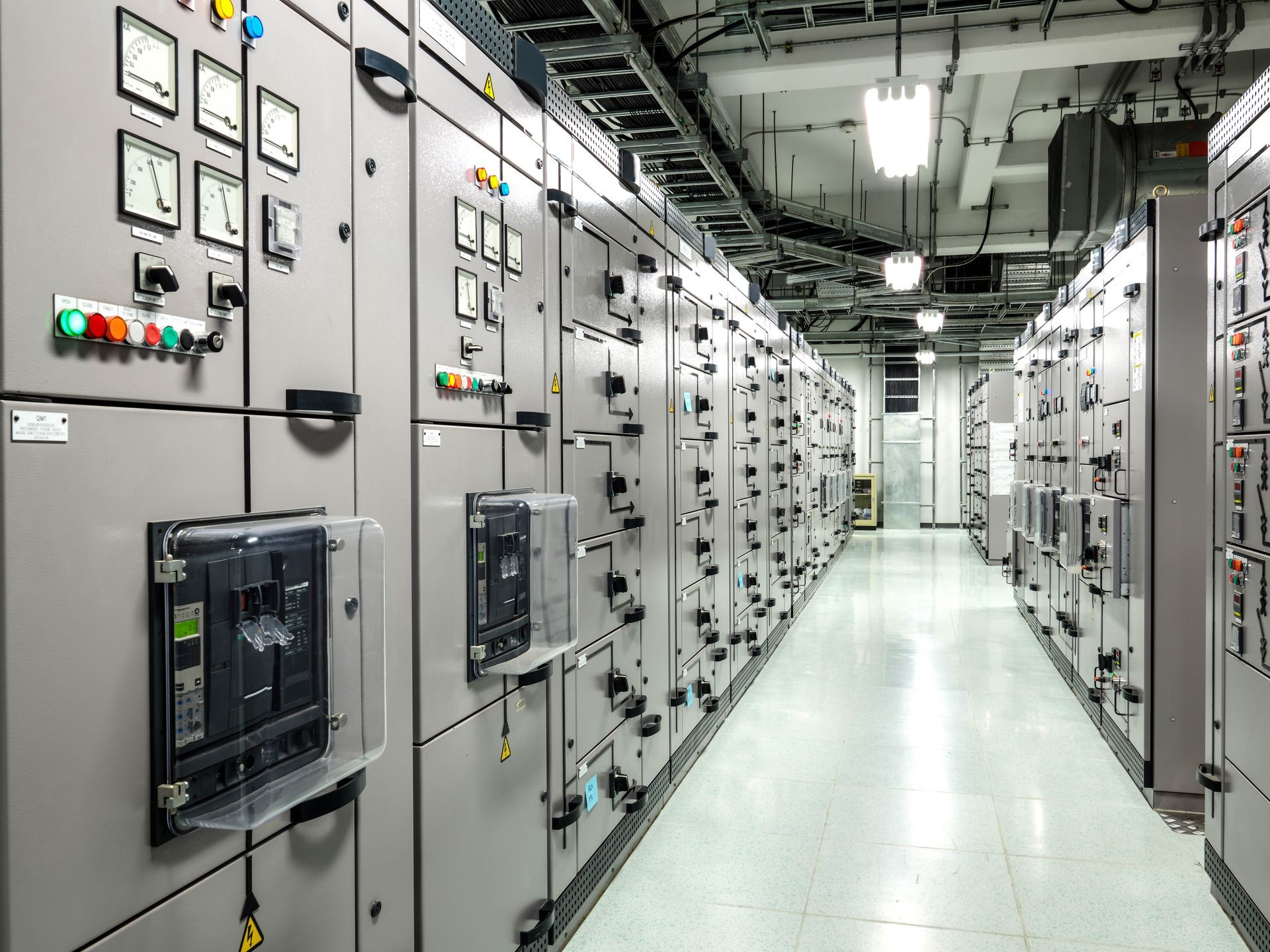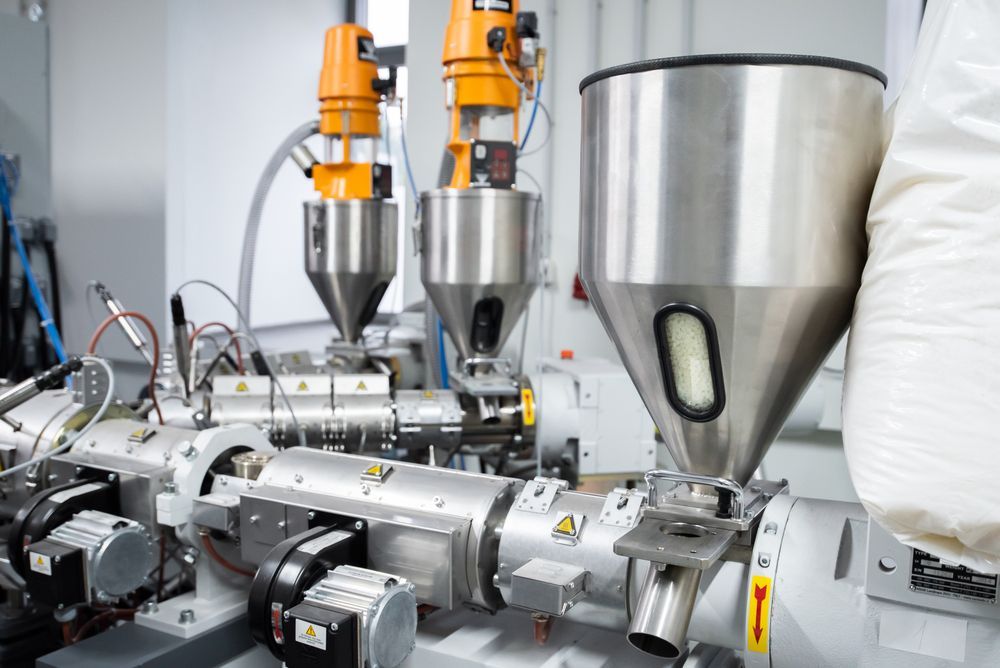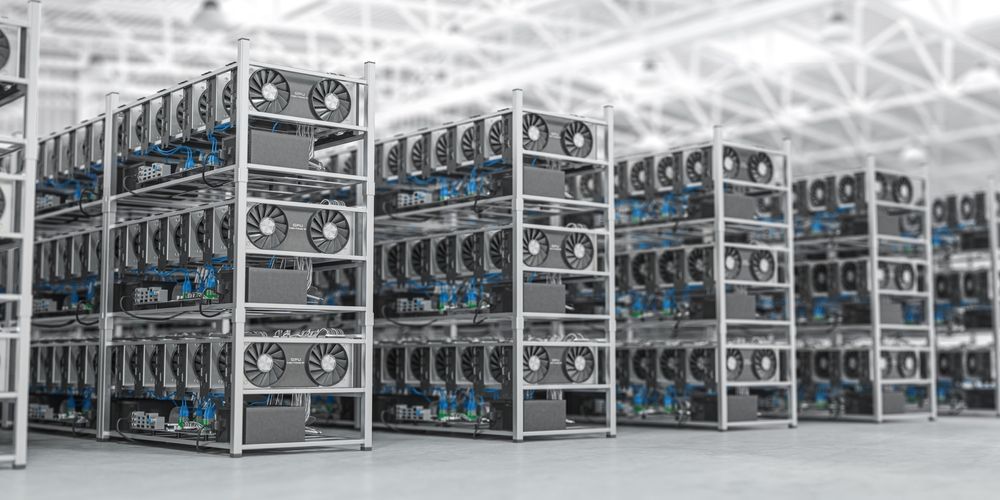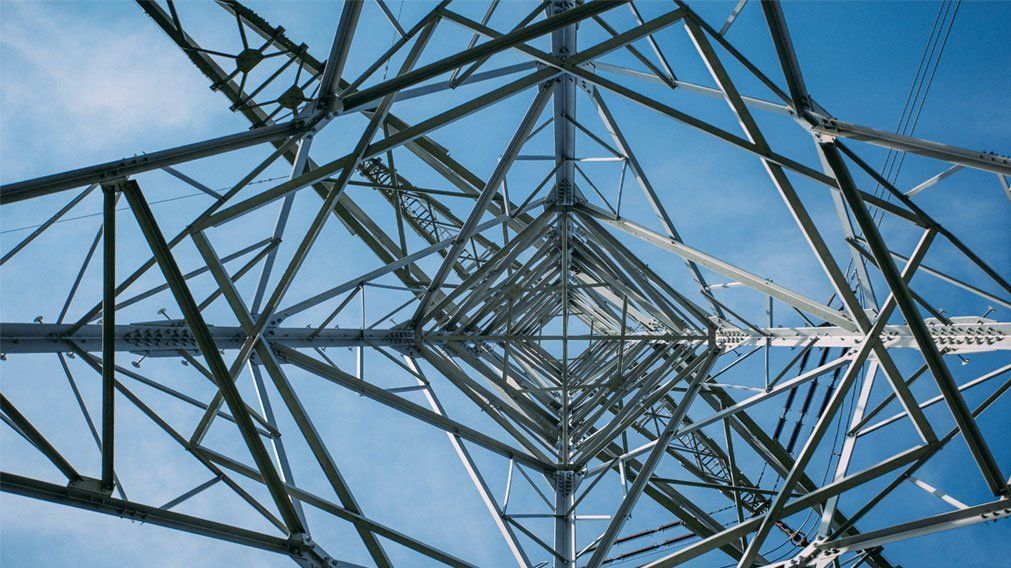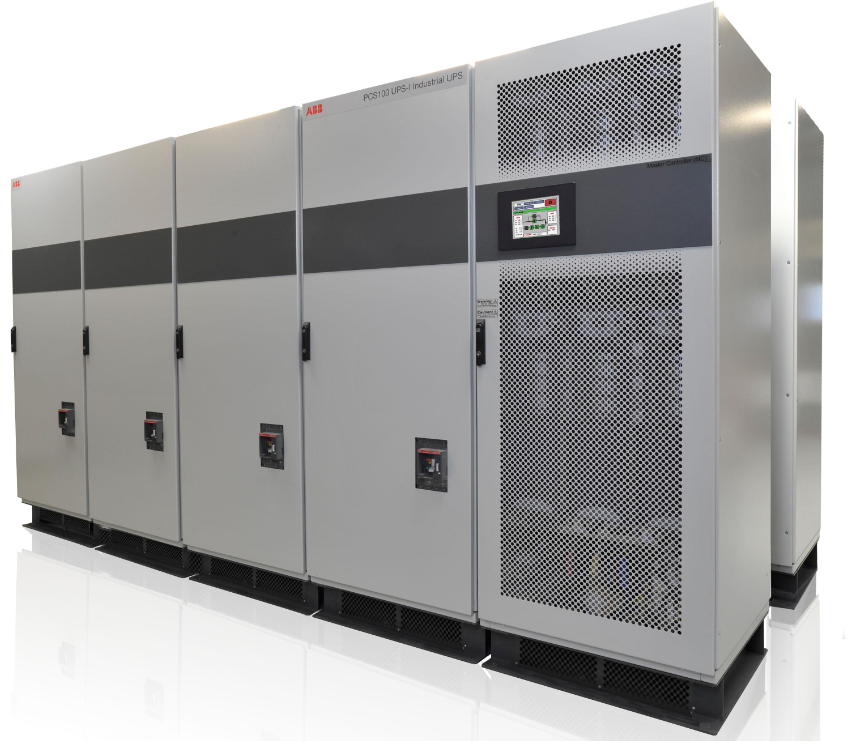Top 4 Power Grid Problems and How to Combat Them
Share this article:
Despite our nation’s access to resources and power, it may surprise you to know that the United States has a power grid problem. Much of the equipment and technology that makes up our power grid was only designed to last 50 years. However, much of it is older—in some cases 100 years old—making our grid twice as old as it was ever supposed to be. If we continue to rely on the ability of our engineers to patch the power grid as it fails, you can expect power grid problems to become much more prevalent. Here are four of the most common and what you can do to prepare your facility to stay up and running against them all.
Top 4 Power Grid Problems and How to Combat Them
Problem #1: Failing Infrastructure and Aging Equipment
Our nation’s power grid is akin to a ’96 Chrysler Sebring. Clunky, inefficient, and in desperate need of repairs. In fact, the grid is so unreliable that the American Society of Civil Engineers gave it a D+ grade for reliability. Imagine if your kid brought that report card home. You would want to do something about it, wouldn’t you?
Unfortunately, there are both financial and political issues to deal with before we can fix anything. Estimates to make full repairs or replacements to the US power grid come in at an estimated 1 trillion American dollars. Most power companies already run on narrow margins and cannot afford those large-scale repairs. Instead, they do what they can to patch up equipment well past its prime.
Politics do not make the issue any easier. In an already heavily divided nation, the agreement needed to make a real change, or a funding plan, is more difficult to achieve than ever.
Therefore, as our power grid continues to become less reliable, needing repairs, renovation, and replacement, you should expect power outages to become much more common. Do not expect renewable power resources to help the issue either. Our power grid is not capable of integrating that power either, wasting a considerable amount of potential power.
Problem #2: Power Grid Attacks
Terrorists, cyber-warfare, and hackers, oh my! As these groups and methods become more prevalent, attacks on the power grid are a very real threat.
Several US Power firms have confirmed the ability of hackers to gain control over interfaces power company engineers use to send actual commands to equipment such as circuit breakers. This tactic could allow those with the skills and desire to completely disrupt the flow of power into US homes and businesses.
Problem #3: Natural Disasters and Severe Weather
From 1980 to 2018, there were an average of 6.2 natural disasters per year, each costing over a billion dollars to recover from. However, between 2016 to 2018, the average nearly tripled to 15 events per year. The staggering increase in the frequency of these natural disasters is cause for alarm on many fronts, not least of which are their impacts on the power grid.
Severe storms, hurricanes, tornadoes, and extreme cold can all cause serious disruptions in the power grid. When you combine these impacts with the basically ancient technology of our power grid, the downtime for those dependent on grid power is going to continue to grow.
Problem #4: EMP’s or Solar Storms
In 1859, a huge solar storm slammed into Earth’s atmosphere, causing widespread failure of telegraph wires, some of the most advanced technology of the time, across the US and Europe. In 1989, a smaller storm cut power to an entire Canadian province. If the 1859 storm occurred today, experts estimate it would cause up to $2 trillion in damages, requiring up to 10 years of recovery.
An electromagnetic pulse (EMP) is a similar phenomenon and can either be cause by humans or naturally occurring. An EMP released over the center of United States could potentially wipe out nearly all power for the nation. Smaller EMP’s can also be created, targeting certain facilities or regions.
While both power grid problems may be unlikely to occur, it is still important to be aware of their potential, and prepared to handle the fall out, especially if your facility requires a UPS system.
Voltage Correction: Creating Power Stability
90% of power related problems for industry are sag related, not outages. However, at Voltage Correction, we want you to be prepared for any possibility, and there are a few solutions which can protect you against both power sags and full blown outages.
Having an uninterruptable power supply adds a much-needed level of security to facilities who are dependent upon their power. From hospitals who need power to save lives, to educators, and manufacturers, we all depend on steady, uninterruptable power supplies. Our experts at Voltage Correction can help you solve issues such as incoming utility power sags and outages, small cycle interruptions, power quality issues, and yes, extended power interruption.
Call our team at 855-240-6776 or complete our online
contact form to discuss power correction options for your facility. We look forward to providing your
voltage regulation solutions.
Connect with Us:
